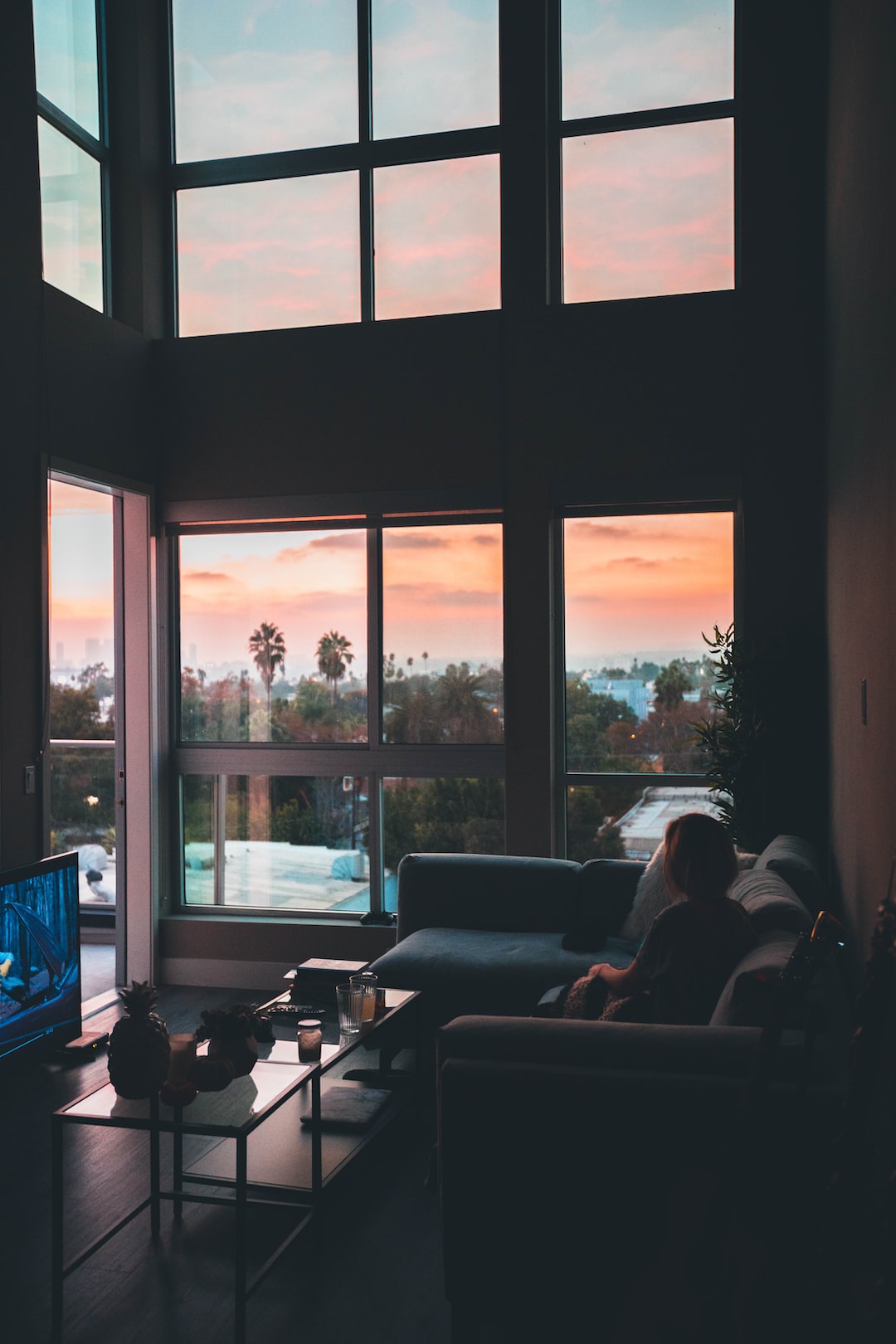Creating effective packaging design is an essential part of getting your product noticed and standing out among the competition. Attractive and practical packaging can have a significant impact on a customer’s decision to buy a product, and poor packaging design can turn them away. That’s why it’s crucial to focus on your packaging design to make it as effective as possible. In this article, we’ll discuss some tips for creating an effective packaging design.
1. Know Your Target Audience: The first step in creating effective packaging design is understanding your target audience. Different demographics prefer different styles, colors, typography, and packaging materials. For instance, eco-friendly packaging might be perfect for the environmentally conscious consumer, but might not necessarily appeal to luxury buyers. By knowing your target audience, you can design packaging that resonates with your audience and stands out.
2. Keep it Simple and Concise: When it comes to packaging design, simplicity is key. The simpler your packaging, the easier it is for customers to identify what they’re buying. Keep the vital information front and center, such as the product name, branding, and benefits. Avoid cluttering your packaging with unnecessary details that might distract the customer.
3. Consider the Color: Color is incredibly important in packaging design, as it can evoke specific emotions and associations. Vibrant colors may grab a buyer’s attention, but too much color can be overwhelming. Try using contrasting colors for elements you want to emphasize while using more muted colors for others.
4. Be Unique: Originality is essential when it comes to standing out in a crowded market. Your packaging should be unique to your brand and product. The visual appearance of your product should make it easy for people to remember your brand. Uniqueness can be achieved by using unique shapes, including quirky illustrations, custom logos, or creative typography.
5. Think About the Materials: The material you choose for your packaging is also important in creating an effective design. You want to make sure that it not only keeps the product safe but also helps your product stand out. For instance, eco-friendly packaging can help your brand appeal to consumers who are concerned about the environmental impact of their purchases.
6. Make it Functional: Your packaging should also serve a functional purpose – it should protect the product from damage and make it easy for consumers to use. After all, the packaging is the first experience customers have with your product. Consider packaging that’s easy to open, reusable and sturdy.
7. Test Your Design: Once you’ve created a packaging design, be sure to test it with your target audience. Use focus groups and user surveys to get feedback about your designs. Ask about what they like or dislike about the design, whether the packaging catches their attention, and if it’s memorable or not. The feedback can help you fine-tune your packaging design and ultimately create a more effective one.
In conclusion, packaging design plays an important role in how consumers perceive your brand and product, so it’s important to get it right. By keeping your designs simple, unique, and functional, you can create packaging that not only looks and feels amazing but also resonates with your target audience. Remember to test your packaging design with your target audience, and don’t forget to make any necessary adjustments based on feedback. With these tips, you’ll be able to create packaging designs that help your product stand out in a crowded market.

